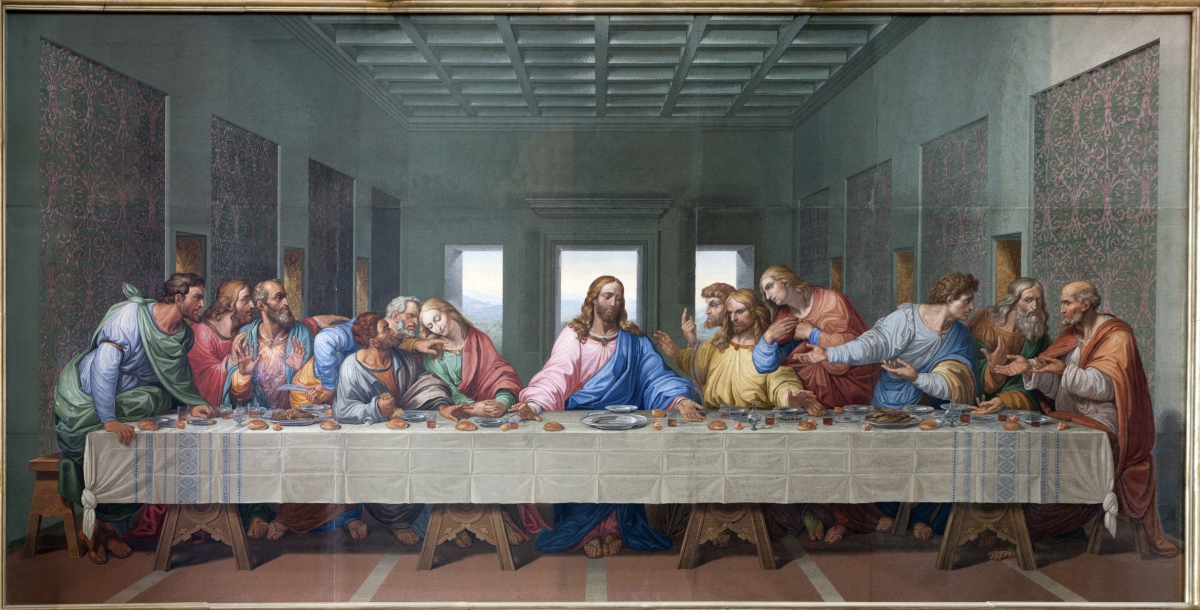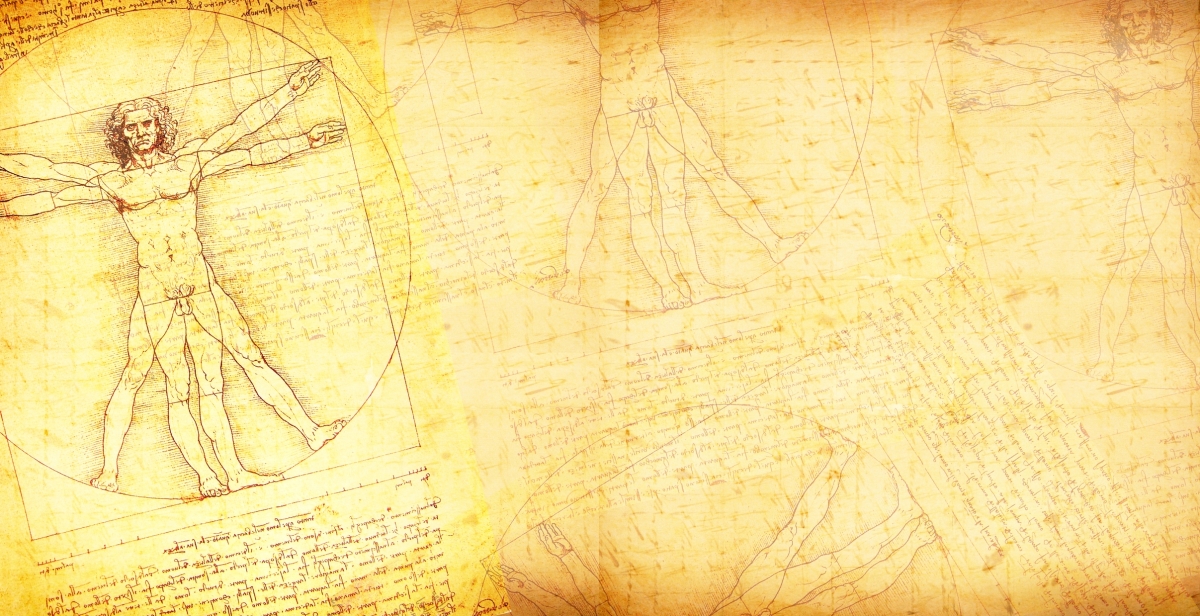Learn from the Greats: On the 570th birthday of Leonardo da Vinci, what can you learn from his creativity?

On the 570th birthday of Leonardo da Vinci, I looked back at the work of the great master to find design stimulus for how we can foster a better creative culture at Free The Birds.
When he would see a caged bird for sale in the Florentine market, he would buy them simply to liberate them afterwards. With a particular influence on our processes and name as a creative agency, da Vinci leaves a legacy not only as an artist behind some of the most iconic works, but also as an innovator that inspires designers and marketers even today.
Five centuries after his lifetime, business leaders today can still benefit from taking a page out of one of Leonardo’s many notebooks.
His quest for understanding the world around him and his unique way of looking at it made him special. Coupled with his artistic skills and an ability to mix ideas from the fields of engineering, art and science, it enabled Leonardo to challenge many of the conventions of the time.
From artistic inspiration to innovation, there is so much we can all learn from him about beautiful thinking and how to free our imagination in the everyday creative process.
Back to the drawing board
As part of his curiosity, Leonardo spent hours and hours observing the world around him.
List-taking and notebooks filled from top to bottom and left to right with scribbling about his observations was his process of learning and understanding the world.
Designers could benefit from having the same level of curiosity and observation skills.
While technology is useful nowadays, it can also impede the creative process by limiting exploration in pursuit of the perfect end product. Picking up a pencil still goes a long way in inspiring creative thinking—always good to go back to the drawing board when approaching a brief.
Learning: Now in a world of digital creation, take the time to enjoy the production of creating and rely less on existing concepts.
Be a polymath
Leonardo was self-taught and despite being a true renaissance man, he was not particularly good in all fields.
To learn and better understand different subjects, he used analogies to make them clearer for other people and himself. He was brilliant at discerning patterns and abstracting a framework from them that could be applied across disciplines.
As a designer, you shouldn't confine yourself to one particular discipline of creativity or design.
You’re more likely to create something new and original by experimenting with a lesser known medium. Leonardo designed all sorts of work; from helicopters to The Last Supper mural—don’t limit your creativity to one output.
Learning: Implement challenges by experimenting with other design mediums - it may just be the gateway to new ideas.

Recognised and remembered
It’s some of Leonardo’s simplest creations that demonstrate the beauty in creating for and elevating above the mundanity of the everyday: the flower on a conveyor belt.
For example the Vitruvian Man, a work combining biology and design of the human body, is still widely commended and influences modern creations such as Apple’s accessibility icon. Leonardo’s obsession with human anatomy and having a deep understanding of biological composition was useful for his art. His portraits, for instance, benefited from the deep mechanics around how eyes move and lips smile.
What you design should be this memorable and communicable across many touchpoints. Even someone as young as three should be able to recognise it. As such, the design process shouldn’t start with a logo, or colours, or typography, but with the most important questions: “What is our purpose? What do we stand for?”
Learning: Question why you are designing something and its meaning before putting pen to paper.

Leave the door open
There are many lessons we can learn from Leonardo’s studies on flight, but perhaps least obvious, yet most inspirational, is the permission he gave himself to indulge in fantasy. His many drawings and notes may not have produced a working flying machine within his lifetime, but it allowed his imagination to soar.
There is value in procrastination and experimentation.
Creativity requires time for ideas to marinate and intuitions to gel. There’s no need to rush to execution, spend time thinking beyond design—drawing inspiration from every aspect of your life, and explore the rationale behind your work. What is this design solving? As designers, we tend to close doors too quickly to simply produce a functioning product or service, but we should let the idea hang around in ether for some time.
Learning: Free your imagination of all constraints, especially time. What are you rushing for?
Drawing inspiration from artists such as Leonardo da Vinci my whole life, I learnt that creativity is a skill and not a talent.
It’s something you can develop, but you have to practice it.
It’s about creating a space where it’s safe to experiment, where you’re able to be critical and take criticism.
All you have to do now is do as Leonardo did, open your eyes, take it all in and create something like never before.
If you enjoyed this article, you can subscribe for free to our weekly email alert and receive a regular curation of the best creative campaigns by creatives themselves.
Published on:


